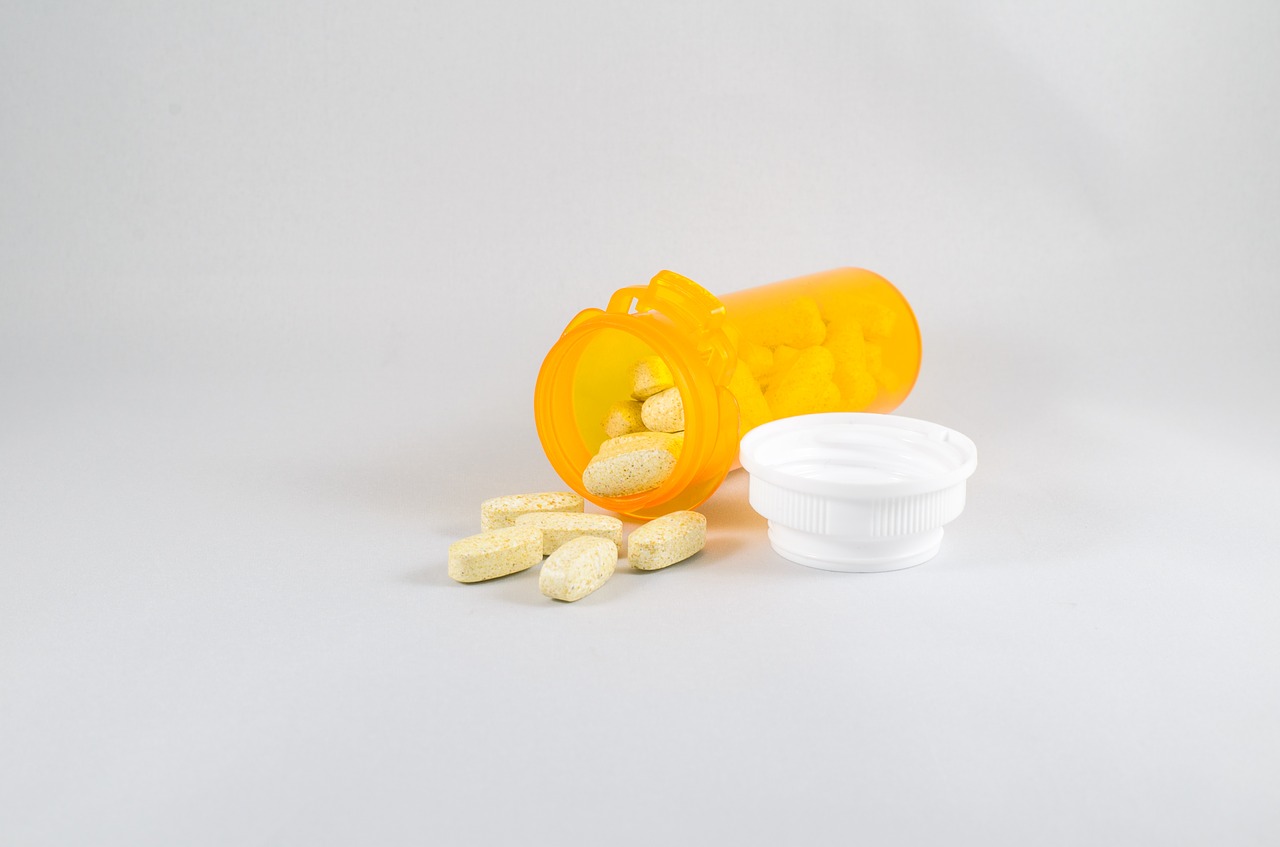
A new study has discovered that more than half of child poisonings can be blamed on parents and grandparents by allowing access to potentially dangerous medications.
The study, published in the Journal of Pediatrics, revealed that over half of child poisonings happened after an adult removed the child-resistant safety packaging. These drugs include those for the treatment of diabetes or cardiac conditions.
The researchers analyzed the reasons behind 4,496 calls to five poison centers in Arizona, Florida and Georgia over an eight-month period in 2017.
They found that some adults take their medicine out of child-resistant safety containers and place them in easy reach places for convenience. This resulted to around 50,000 emergency room visits by kids annually after swallowing dangerous pills when adults aren't paying attention.
Study author Dr. Daniel Budnitz of the Division of Healthcare Quality Promotion at the Centers for Disease Control and Prevention (CDC), said: "These data suggest it may be time to place greater emphasis on encouraging adults to keep medicines in containers with child-resistant features."
The CDC conducted the analysis in partnership with Atlanta's Emory University School of Medicine and the Georgia Poison Center.
Results of the study showed that parents and grandparents are most likely to do one of several things that allow children access to their potentially dangerous medications.
Often, a grandparent take their pills out of child-resistant containers and place them into daily pill organizers that are easy to open in order to remember taking them. Some adults take their medicine out of containers and place them on bedside tables or kitchen counters for someone to take later.
Dr. Budnitz pointed out: "There is an opportunity here for innovating medication container options that promote adult adherence and provide portability and convenience, while maintaining child safety."
The CDC recommends keeping medications in the original child-resistant packaging.






